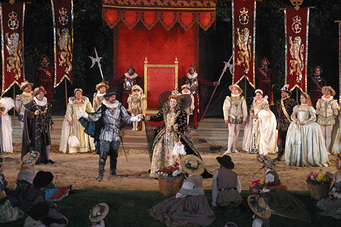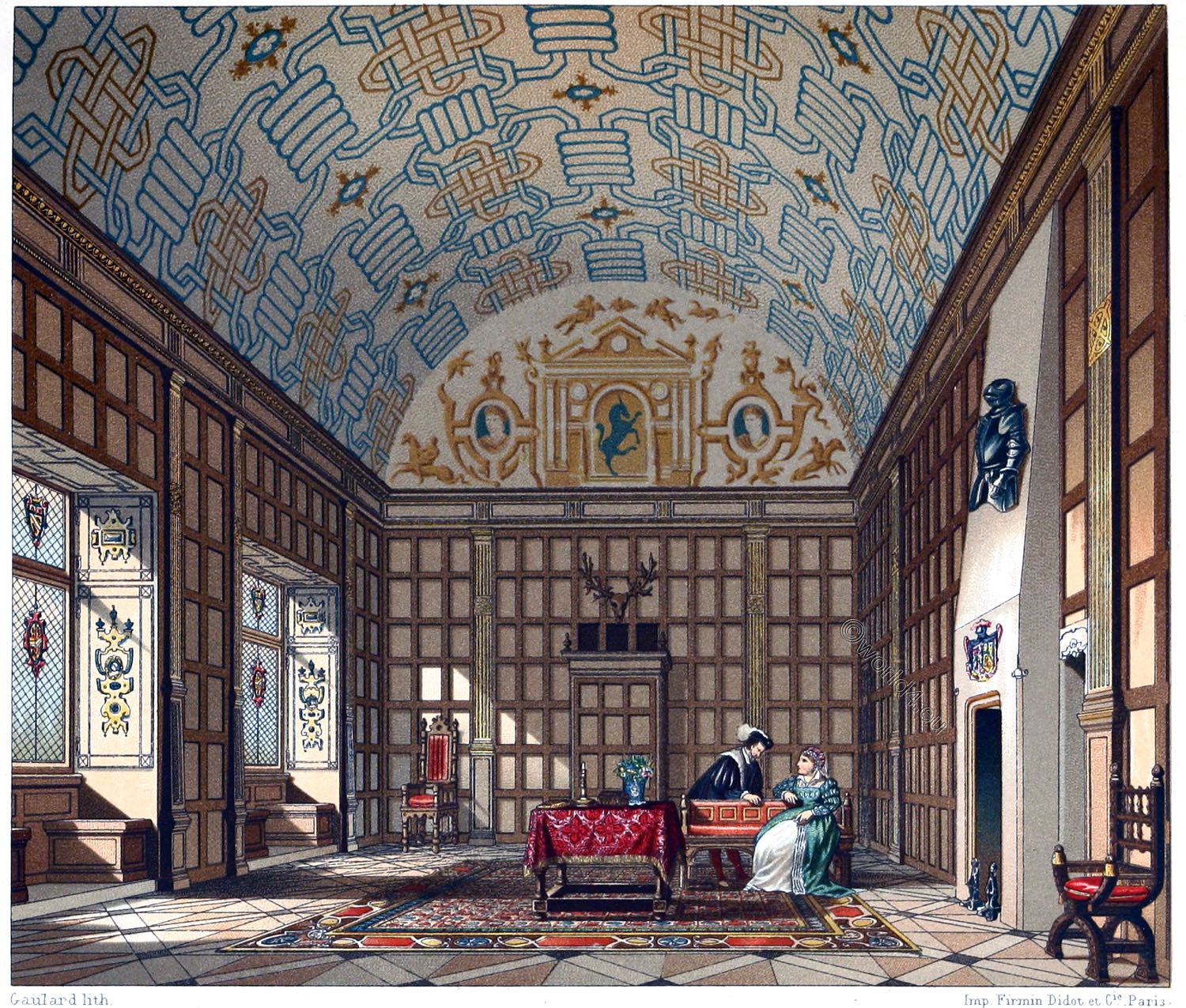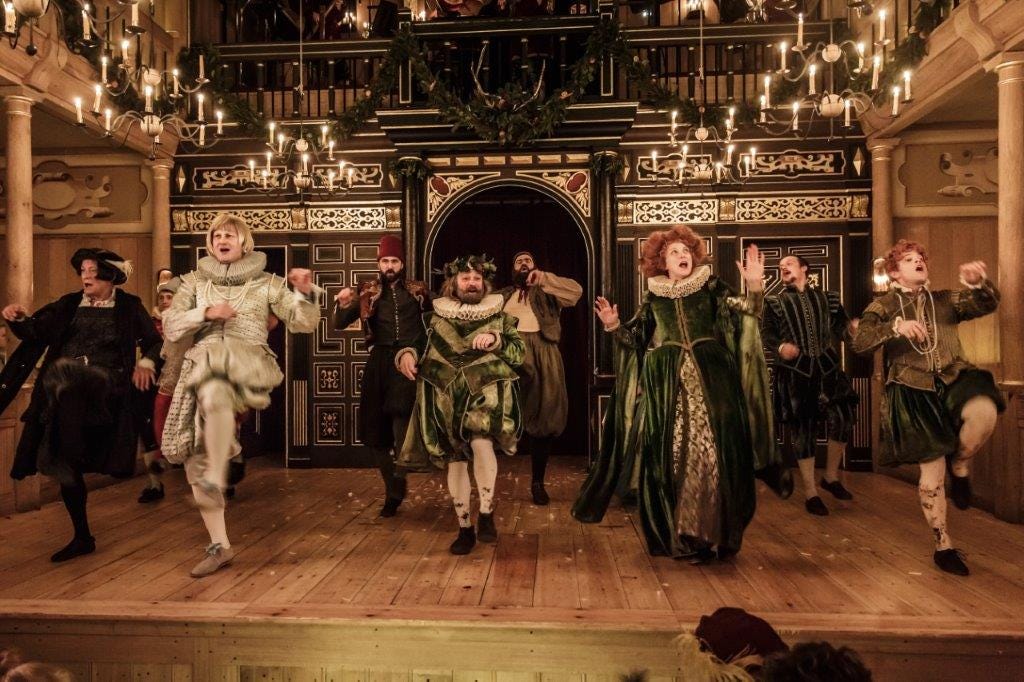Elizabethan England, named after Queen Elizabeth I who ruled from 1558 to 1603, was a time of great change and prosperity. It was a period of expansion and exploration, both abroad and at home. The country experienced significant cultural and artistic achievements, as well as scientific and technological advancements.
During this time, England underwent a process of centralization and the growth of a strong centralized state. The Tudor monarchy, of which Elizabeth was a part, was able to exert greater control over the country and its affairs. This led to a more stable and unified England, which was reflected in the growth of trade and industry.
The Elizabethan era was also marked by a number of significant cultural and artistic achievements. The English Renaissance, which had begun in the late 15th century, reached its peak during this time. Literature, music, and the arts flourished, with notable figures such as William Shakespeare, Christopher Marlowe, and Edmund Spenser making significant contributions to English literature. The Elizabethan stage was also home to a number of innovative and influential playwrights, actors, and theater companies.
In terms of foreign policy, Elizabethan England was a time of expansion and exploration. The country established colonies in the New World, and English sailors such as Sir Francis Drake and Sir Walter Raleigh became well-known explorers and navigators. The Elizabethan navy was also a formidable force, helping to defend the country against the threat of invasion from Spain and other European powers.
Scientific and technological advancements also took place during this time. The work of scientists such as Francis Bacon and William Gilbert helped to lay the foundations for the scientific revolution of the 17th century. Inventions such as the printing press, the clock, and the compass also helped to transform English society and drive economic growth.
In summary, Elizabethan England was a time of great change and prosperity, marked by cultural and artistic achievements, foreign expansion and exploration, and scientific and technological advancements. It was a period that shaped the course of English history and had a lasting impact on the world.








